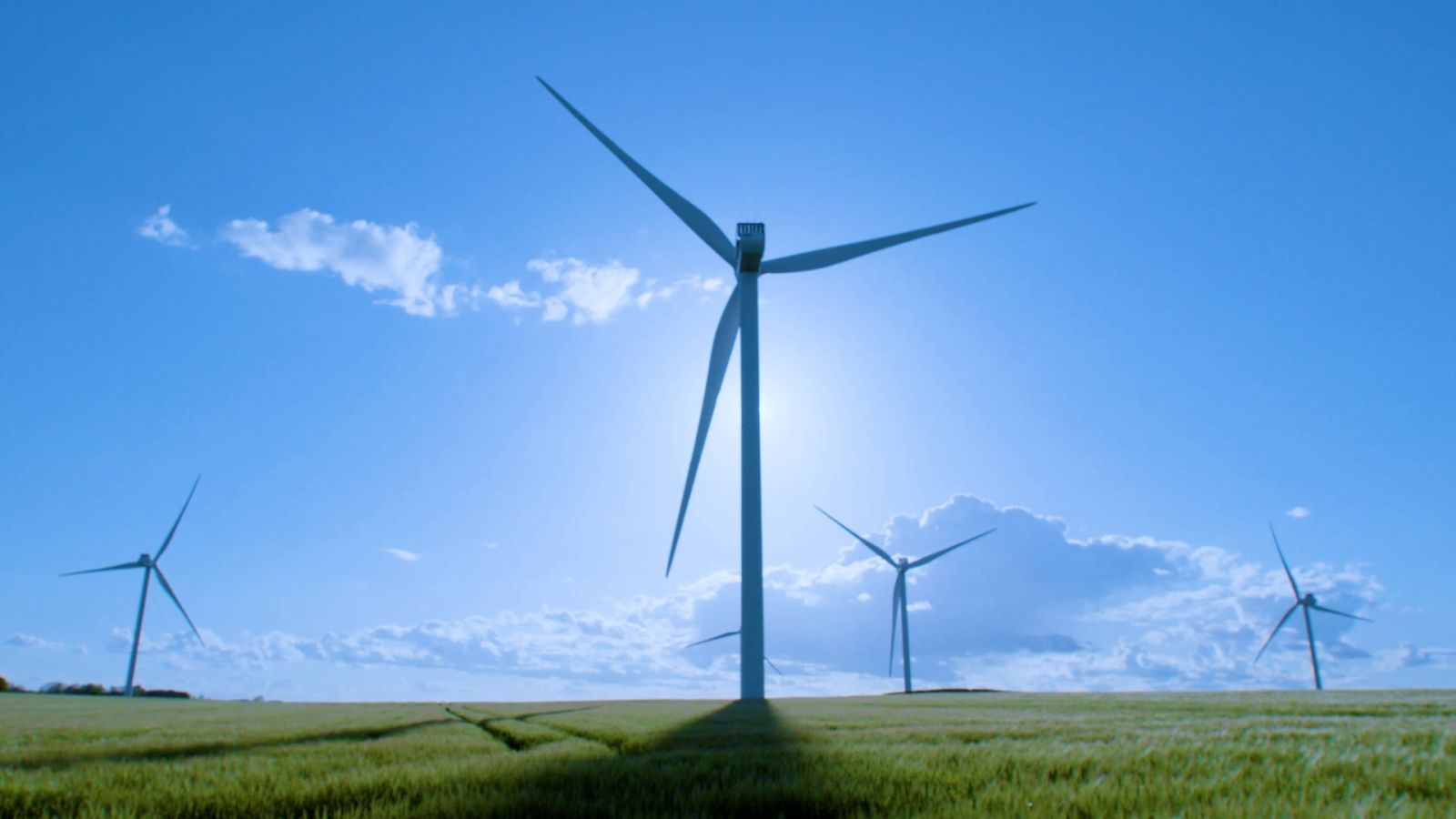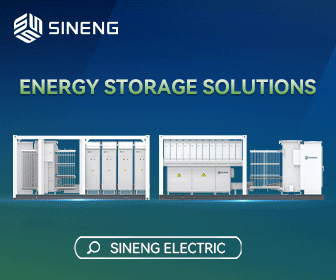The Roadmap to a Deflationary Energy Transition in North America
After this election, it’s clear that inflation is still very much on everyone’s mind. We need to ensure that an energy transition is linked to deflationary outcomes for us to have the social permission of the general public.
Over the last five years, we have seen exponential growth in solar and wind energy, with solar becoming the fastest-growing power source in the country. Each state is on a different part of the path to their renewable energy journey, but that deflationary roadmap requires three core steps:
- A bias to build: quickly process interconnections to allow for supply to rapidly come online
- Load flexibility: allow for retail-rate innovation to have market-based approaches to encourage the consumption of power during our most abundant times via customer bill savings for creating flexible loads
- Digitize our networks: further drive costs out of our customer retail rates by using technology to measure the under-utilization of our grid, so that we get the most out of what we’ve already built
A bias to build
To make this happen, we need a bias to action — a sense of urgency that drives us to build and deploy solar, wind, and battery storage more quickly. We know that renewables are highly scalable and cheaper than fossil fuels. But the challenges are clear: interconnection queues are taking way too long, often longer than the political cycles that shape energy policy. With federal leadership shifting every few years, developers face significant uncertainty, making it harder to plan and invest with confidence. Projects that were envisioned years ago are still sitting in queues, waiting for approval — this kind of delay undermines our ability to scale quickly.
There is a solution already in practice. Texas has the fastest interconnection queue in the country; not coincidentally, more utility scale solar was built there in 2023 than any other state. In 2024 Texas accelerated, on track to build even more GW of solar than in 2023. Developers can submit projects with a clearer sense of when they’ll be approved and connected to the grid, in a reasonable time frame. This system encourages investment and removes the risk of prolonged delays through a process called “connect and manage”. We need to replicate this speed and efficiency nationwide.
But Texas can’t build enough of the large power plants fast enough. That’s because this abundance of supply has created some of the lowest cost power, which is encouraging enormous demand growth. ERCOT is forecasting to double its grid in the next 5 years.
.jpg)
The challenge isn't just about scaling solar, wind, and storage — it's about executing behind the meter at speed, because thousands of projects can happen in parallel. It’s about deploying more solar and batteries on homes, businesses, and in communities. This behind-the-meter infrastructure is key. Homes should have the ability to generate power and sell any excess supply back to the grid, and incentivize neighbors to trade power with each other to lower costs and drive a hyper-deflationary effect.
Historically, the energy grid has operated on a relatively simple model: utilities generate electricity at large, centralized plants, and consumers draw power from the grid as needed. However, this model assumes that power demand is predictable and uniform. In reality, our electricity consumption is anything but.
Load flexibility
We all know that demand spikes during certain times of day. The grid is not designed to handle sudden, large fluctuations in demand. We need a flexible, customer-centric grid that responds to demand in real time. While batteries are a major part of the solution, we shouldn’t start there. Instead, we should start with flexibility.
The rise of smart technologies is at the heart of this shift. We now live in a world where your smart thermostat automatically adjusts the temperature of your home when the grid is under stress. It can automatically charge an electric car during off-peak hours when it is plentiful and cheap. It learns your habits and adjusts settings to maximize energy savings without compromising on comfort. By pairing smart thermostats with a smart energy tariff, utilities can manage demand efficiently, signaling when to ramp up or down heating and cooling based on grid concerns.

There is no need to build a battery just to dumb manage a thermostat, hot water heater, or EV. These are all electrical batteries or thermal batteries. To get the grid’s lowest-cost solution, we should flex these first and use grid scale batteries just for the most inflexible loads.
The advent of home battery storage systems has created a two-way interaction with the grid, where homes can act as ‘virtual power plants’ to provide additional capacity when needed, and reduce reliance on fossil-fueled power plants during peak demand periods.
Digitize our networks
Along with advanced inverters, these distributed batteries can actually create the backbone for localized and distributed power plants; neighbors will be creating power for, and selling to neighbors. In this highly distributed world, if things are priced correctly, end use retail rates should be near $0 for the Transmission fees (not using the transmission network for these abundant times), very low Distribution fees (only using the local feeder line of the distribution network), and very low Energy costs since these hours will be awash in renewable electrons.
These three steps will create extremely deflationary electricity costs. When we have deflationary electricity costs, consumers will ‘electrify everything’ simply because it’s cheaper than the status quo, at which point the energy transition is all but inevitable.
When we talk about creating a resilient grid, we must focus on continuing to scale renewables, and roll out smart technology to increase flexibility. By focusing on how and when we use power, we can make our grid more reliable, more sustainable, and more cost-effective. The next frontier of the energy transition is not just clean energy, it's smart energy. As an industry, we should focus on building quickly while removing any roadblocks. At the same time, consumers should be empowered with smart technology to take control of their own energy usage. This is how we create a deflationary energy transition in North America fit for the future.
Michael Lee currently serves as CEO of Octopus Energy U.S. After earning his MBA from Harvard, Michael quickly unlocked his passion for cleaner and cheaper electricity. He launched an energy retailer in Texas called Evolve Energy, with the idea that customers can optimize energy usage to ease grid tensions and save money on their bills. Through a shared mission to decarbonize energy using tech and smart rates, Evolve Energy was acquired by Octopus Energy in 2020. Octopus Energy U.S. wants to enable a more modern, reliable, and resilient grid across the country, starting in Texas.
Octopus Energy | octopusenergy.com
Author: Michael Lee
Volume: 2025 January/February









